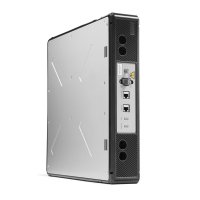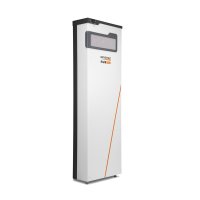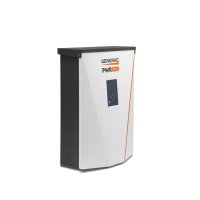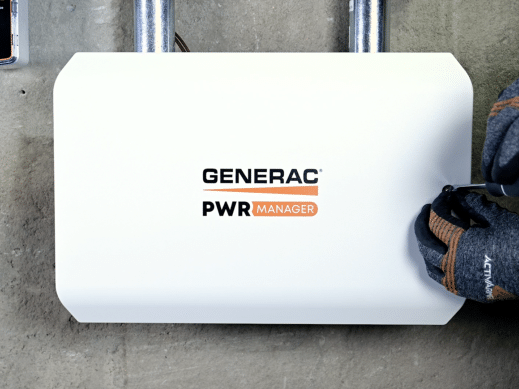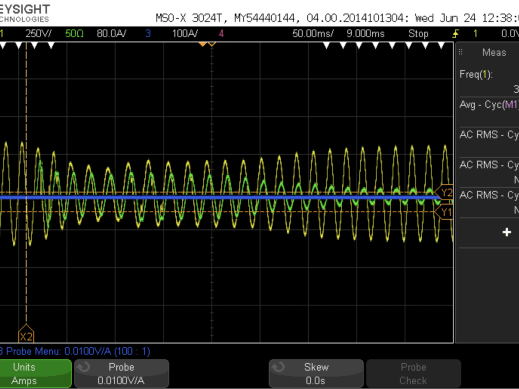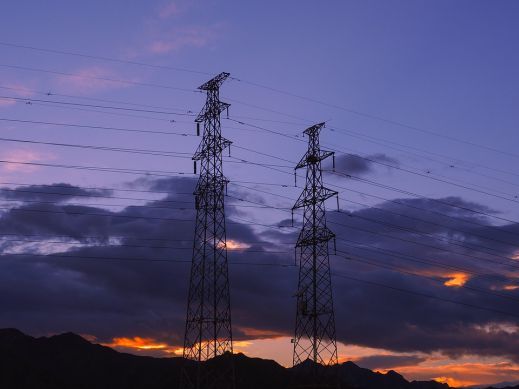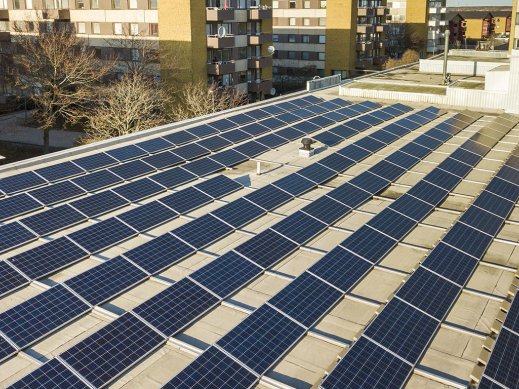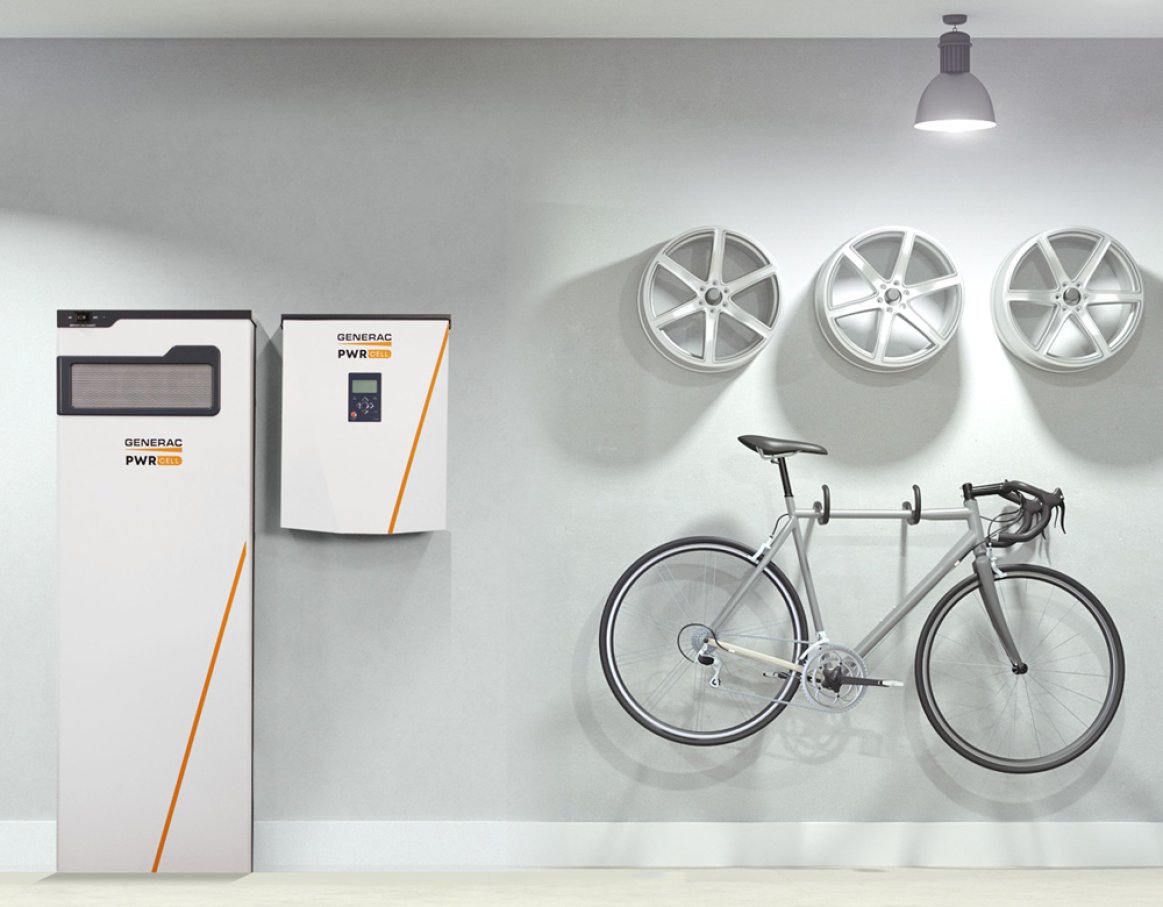
Today, relatively few solar + storage systems can deliver on providing backup power to an entire home or property. Simply delivering power to all the circuits in a home during an outage, let alone powering the entire home, can be challenging for solar + storage systems to deliver. Why is that?
The answer comes down to the National Electric Code. Article Section 702.4 of the NEC states that an automatic optional standby system such as a generator or Battery Energy Storage System (BESS) is required to be sized for the entire transferred load. In other words, the ESS you select for your project must cover 100% of the circuits that transfer to it at their peak potential load. You cannot connect a 5kW battery to a 200A panel containing circuits that might demand 20kW if simultaneously powered because that system would be designed to fail.
To keep project costs down, installers typically down-select circuits to the bare essentials rather than installing enough battery storage to power the entire property. This is why the most common configuration in solar + storage backup power is the sub-panel configuration. In a sub-panel configuration, essential loads such as lighting, security, and refrigeration are moved out of the main panel and into a “protected’ or “essential” loads panel. In the event of an outage, the standby ESS transfers power to these loads, and these loads only. The essentials are powered while the rest of the home goes dark. This is fine for some families, but as solar + storage goes mainstream and as rolling blackouts become a common occurrence for many across the U.S., people are looking for more power and more capacity to keep their entire home running. Home has always been a sanctuary, where people need to have the feeling of being safe and secure. In 2020, that is the case now more than ever before and as people are spending more time at home, installers are finding themselves doing more work with load management technologies.
Load Management Methods & Technology
Load management technologies allow a relatively small BESS to supply power to the circuits of an entire home, even when the BESS power capacity is less than what the home’s circuits could potentially draw. There are several types of load management solutions on the market today and Generac, a key manufacturer in this space, has worked to bring one type to market that is retrofittable to existing wiring. This allows the BESS to power loads down when power is constrained, and to power those loads back up when power is abundant. Generac’s PWRcell load management system is easy to install, offers increased performance, is flexible, and affordable when compared to other load management solutions.
Load shedding is a rudimentary form of load management that simply turns off large loads like pumps and HVAC systems to prevent them from running during an outage. These systems are affordable and typically use a simple low-voltage relay. However, control wire must be installed and the system owner is prevented from ever accessing those loads during an outage. Smart panels are another option, but they are extremely expensive to purchase. These systems are also expensive to retrofit because every single circuit in the home must be moved into the new panel. With these systems, discreet load control is only possible when individual appliances are wired directly to the smart panel which drives up install cost.
Is Generac PWRcell Load Management Right For Your Project?
PWRcell load management works to bring a powerful all-in-one solution to projects running up against these issues. The PWRcell Automatic Transfer Switch (ATS) isolates the whole home from the grid when necessary, provides integrated load management for up to four thermostats controlling HVAC loads such as air conditioners and heat pumps. PWRcell also allows for up to eight individual Smart Management Modules (SMMs) to be added for a total of twelve circuits or loads that can be managed. SMMs are autonomous load management devices rated for 50A or 100A circuits that allocate power to circuits in order of priority or shed certain circuits completely during an outage. SMMs conveniently install inline, near the panel or near the load, and require no control wire. They can also be installed at the edge of a home's circuitry to control a single load, or nearer the distribution panel to control a larger circuit if that's more convenient. When loads demand too much power of the standby system, SMMs receive a frequency signal and disconnect their loads so that the essential or unmanaged loads can continue to run unaffected. Then, in order of priority, SMMs reconnect their loads to standby power. This operation is automatic and requires no input from the homeowner or installer. SMM priority can be changed at any point. SMMs can even be set in a lockout mode; totally shedding loads and circuits that do not need to run in an outage. These PWRcell features allow installers to cover a home's backup needs with a single battery.
If you are interested in talking with a local Greentech Renewables rep about how the PWRcell solar + storage system will fit into your next project, contact us today!
